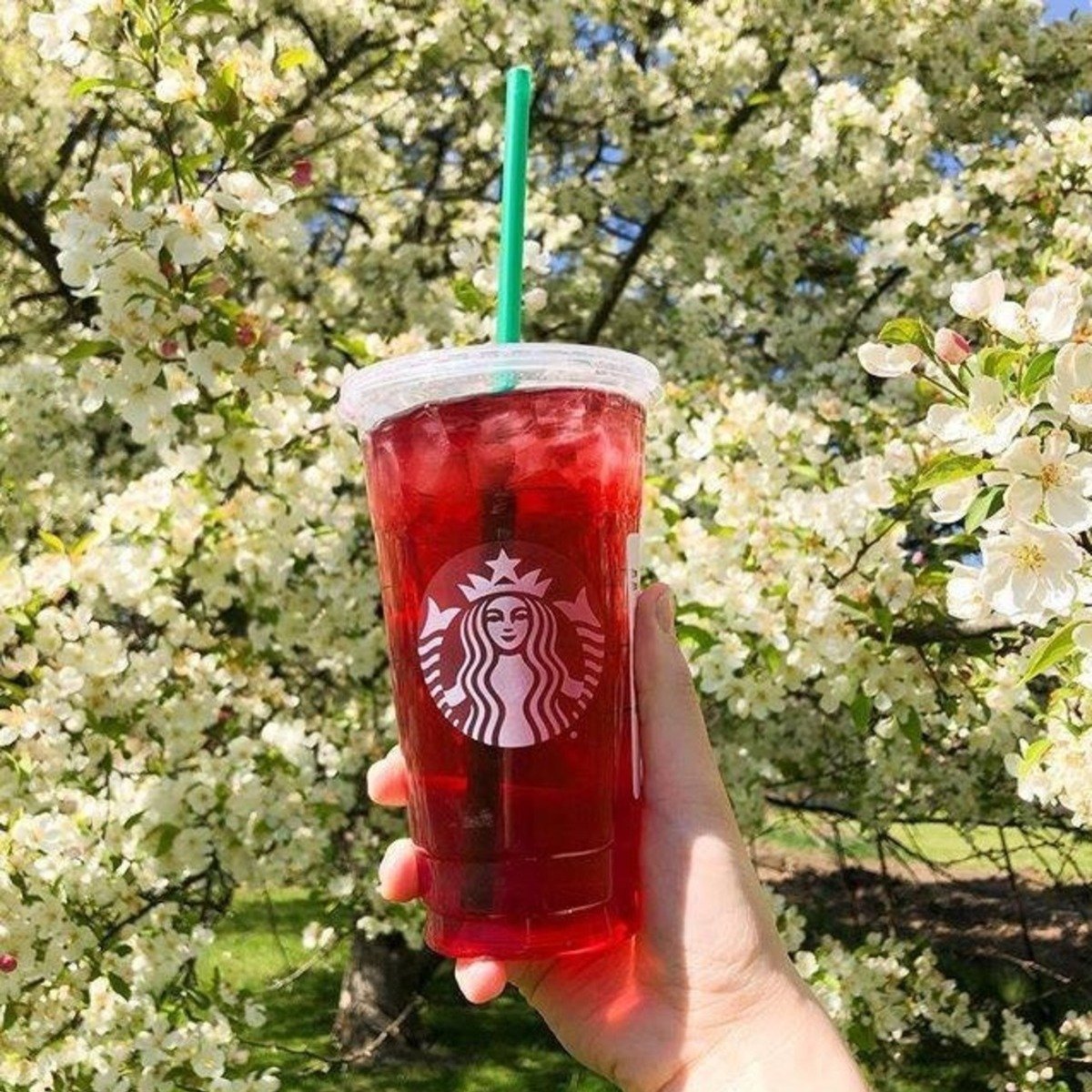
There are many reasons why someone may want a caffeine-free drink. You may be pregnant, avoiding caffeine for specific health reasons, or even living a caffeine-free life because of your religion.
You may have seen this stunning fuschia tea on display behind the barista station and wondered if it was caffeinated.
Starbucks Passion Tea does not contain any caffeine. Unlike green and black teas, this herbal blend has no tea leaves. Instead, it is full of healthy and robust floral and fruity ingredients.
In this article, you’ll find out what to expect from drinking this vibrant beverage.
Table of Contents
What is Starbucks Passion Tea Made of?
Starbucks Passion Tea is incredibly refreshing with its floral and fruity flavors. This herbal blend is made from hibiscus flowers, licorice root, passion fruit, orange peel, cinnamon, rosehip, and lemongrass.
One thing to note is that when you order Starbucks iced teas, they will come standard with classic syrup to add sweetness. If you order this beverage unsweetened, you may be surprised to find that it is already quite sweet naturally.
This is because most commercially grown passion fruits have been hybridized to be naturally sweeter than regular passion fruits throughout history.
What are the Health Benefits of Starbucks Passion Tea?
This bright pink tea is packed with different vitamins and minerals, making it very healthy. It has tons of vitamin C that protect your cells from free radicals, increases iron absorption, strengthens your immune system, and even lowers your blood pressure.
Starbucks Passion Tea also has vitamin B, ensuring your body's cells function properly. It also is known to relieve stress and anxiety. Additionally, it is packed with flavonoids and folate, which are anti-inflammatory and great for your heart's health.
The only potential risk of this tea (and many other teas on the market) is that it can contain heavy metals, which can be toxic if ingested in excess. The good news is that Starbucks uses organic teas that pose a smaller risk of containing heavy metals.
However, to be safe, tea should always be consumed in moderation. Also, always be sure you are steeping your tea for the recommended time to reduce the heavy metals potentially being extracted from them.
Other Ways to Drink Passion Tea
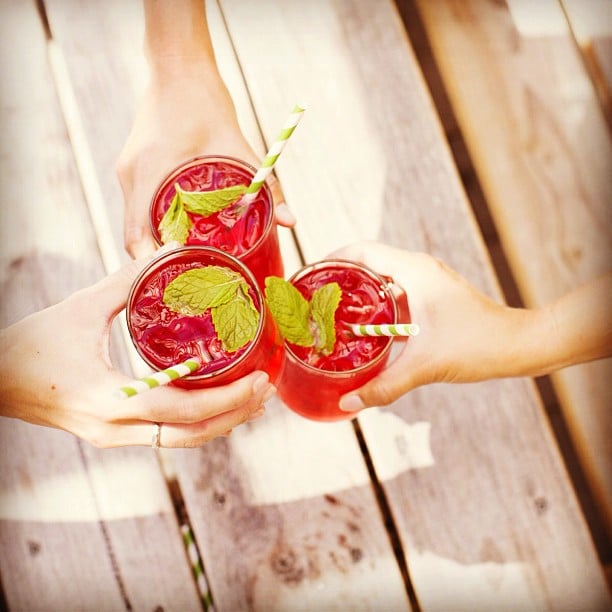
Starbucks Passion Tea is commonly ordered iced, but it is also available hot. Starbucks iced teas come standard with classic syrup, which is essentially just a basic sugar cane syrup. However, the hot teas come unsweetened.
Some other things you can add to your Passion Tea are juices like lemonade and apple juice. The beverage comes with a stunning layered effect when you order a Passion Tea Lemonade. The lemonade is denser than the bright pink tea, so the tea sits on top of the lemonade.
You can also substitute the classic syrup for a flavored one. Raspberry and mango are popular syrups that bring a refreshing twist to this classic tea.
For a more tropical taste, you can add a splash of coconut milk to balance the natural tart flavors in the tea.
Some tea drinkers also prefer to use honey or agave in their teas. When cold, these mix best in a cocktail shaker but dissolve quickly and easily in hot teas.
What Other Teas are Caffeine Free at Starbucks?
While Starbucks Iced Passion Tango Tea is the only iced tea brewed daily, they have two other teas tucked away that are also completely caffeine free. These can take a few extra minutes to make iced, but they are definitely worth the additional time and effort.
These flavors are Mint Majesty Tea and Peach Tranquility Tea. Both teas are refreshing, bright, and full of revitalizing vitamins and minerals to boost your mood and health.
What is the Caffeine Content of Other Teas?
Tea is much less caffeinated overall compared to coffee and espresso. As a general rule of thumb, the amount of caffeine you can expect from your tea will depend on what kind of tea it is. The four general types of teas that Starbucks offers are black, green, white, and herbal.
Black Tea
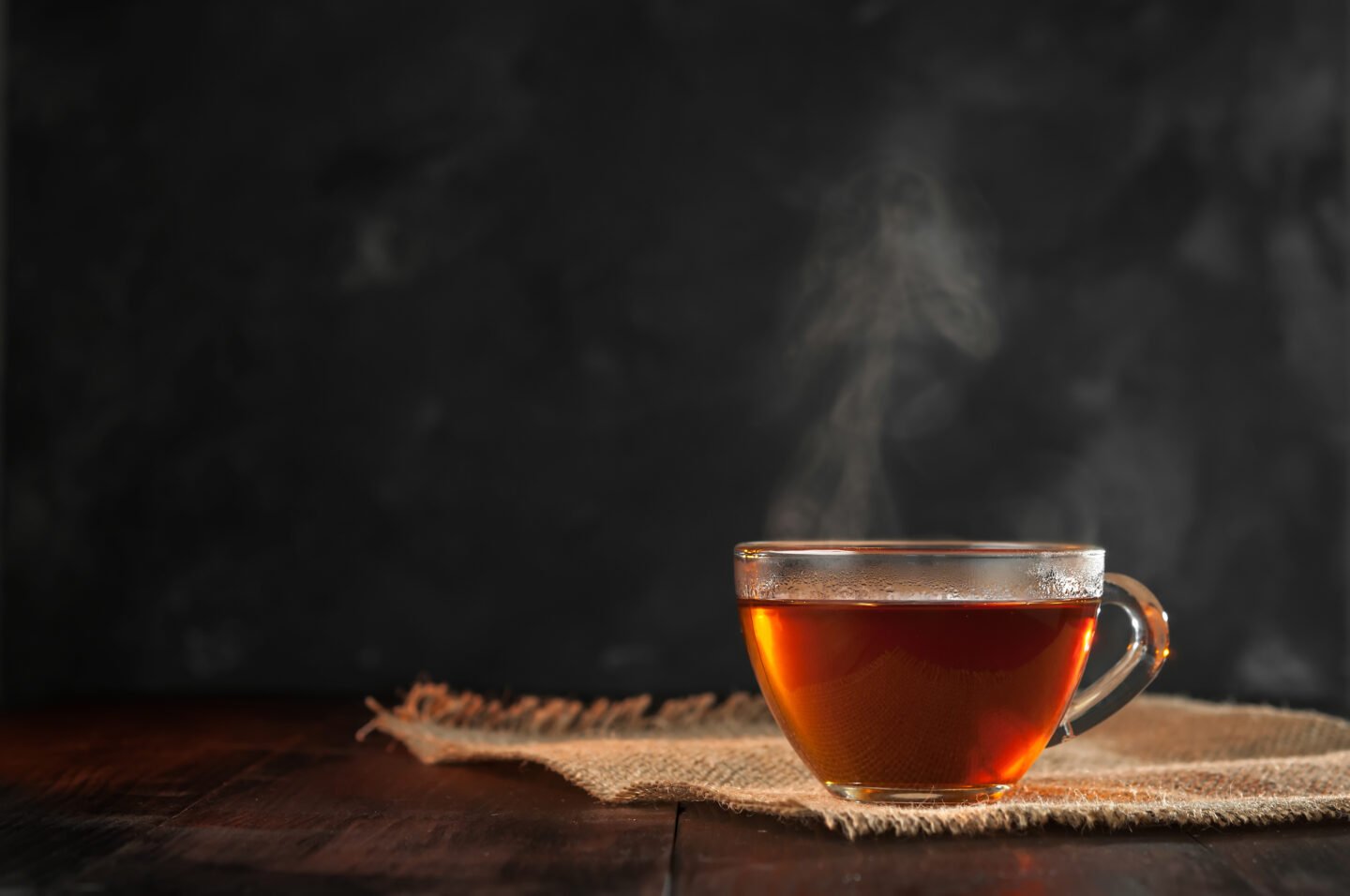
Black tea will always have the most caffeine content of all kinds. You can expect between 50 and 90 mg of caffeine in each cup of black tea. Black teas are rich in color and generally a medium brown. Some popular black teas are English Breakfast, Earl Grey, and Chai.
Starbucks brews a large batch of iced black tea daily. You will also find black tea in a London Fog Latte. This beverage is crafted from Earl Gray tea, steamed milk, and vanilla syrup.
Green Tea
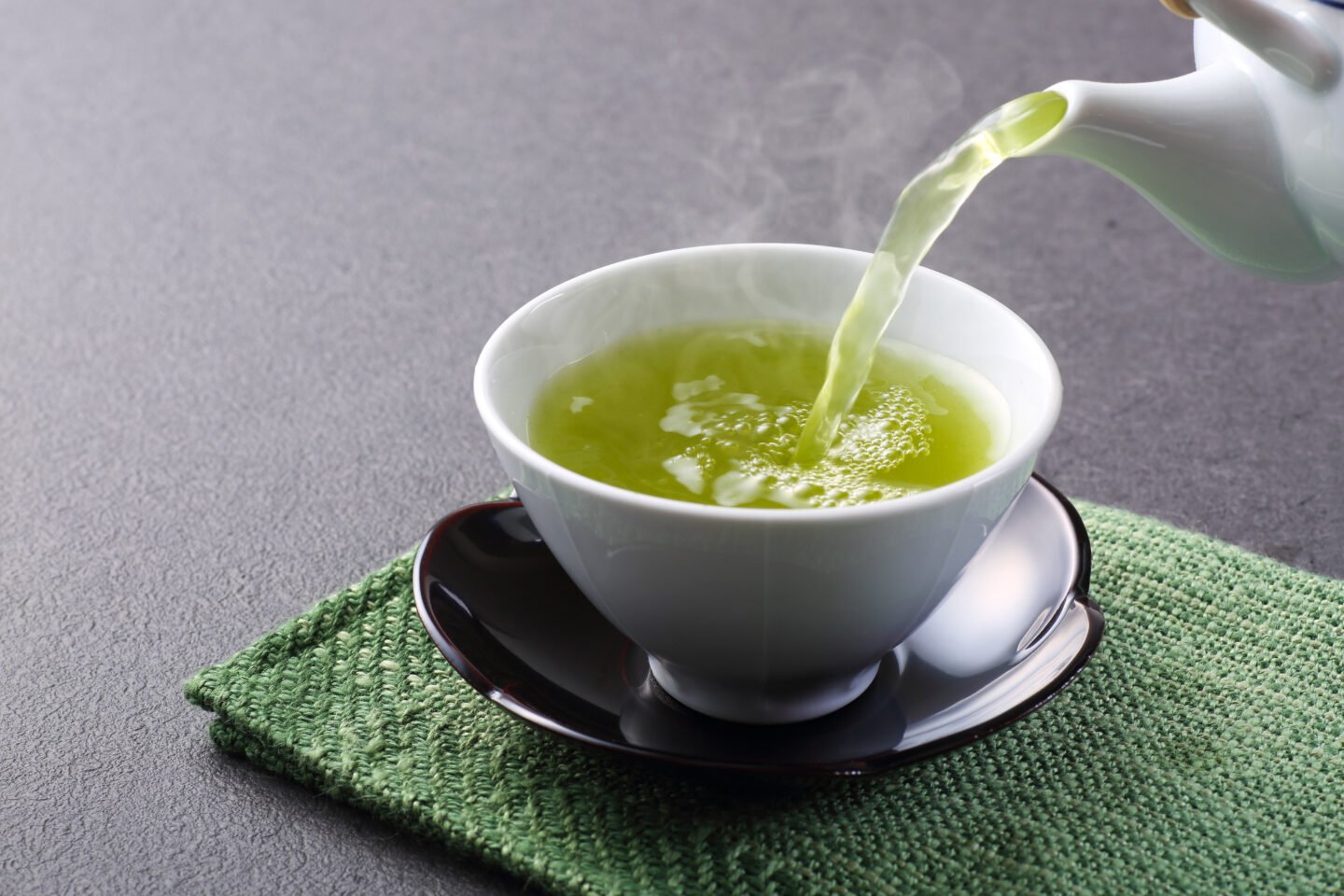
Green teas have slightly less caffeine than black teas, but they are known and highly regarded for the focused clarity they bring to those who drink them. You can expect between 30 to 50 mg of caffeine in every cup.
Some popular green teas at Starbucks are Jade Citrus Mint Tea, Emperor's Clouds & Mist, and Matcha. Iced Green Tea is also the third and final tea that Starbucks brews daily.
Matcha is a special variation of green tea because instead of brewing the tea leaves, they are ground up and dissolved. This means it is generally much richer in color, flavor, nutrition, and caffeine content than other kinds of green tea.
White Tea
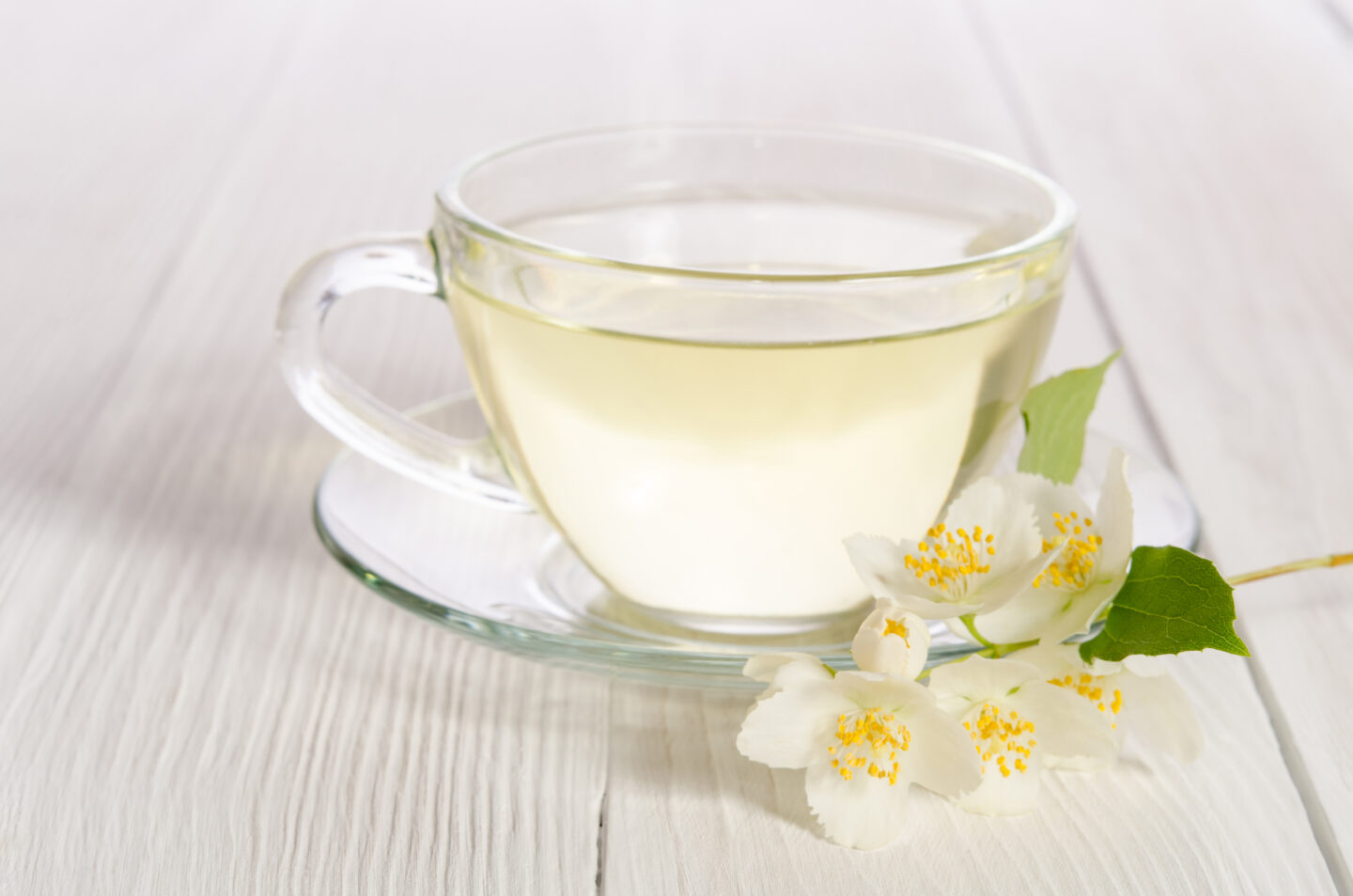
White teas are made from very young tea leaves and provide very minimal levels of caffeine. They are very mild in flavor and very smooth and refreshing. They come in at about 15 to 30 mg of caffeine per cup.
Starbucks has had a few kinds of white tea come and go, but the most popular ones are the Peach Citrus White Tea and the Iced Guava White Tea. These are wonderful options for those that still want a subtle caffeine kick to get them through the day or for those who are sensitive to excessive caffeine.
Herbal Teas
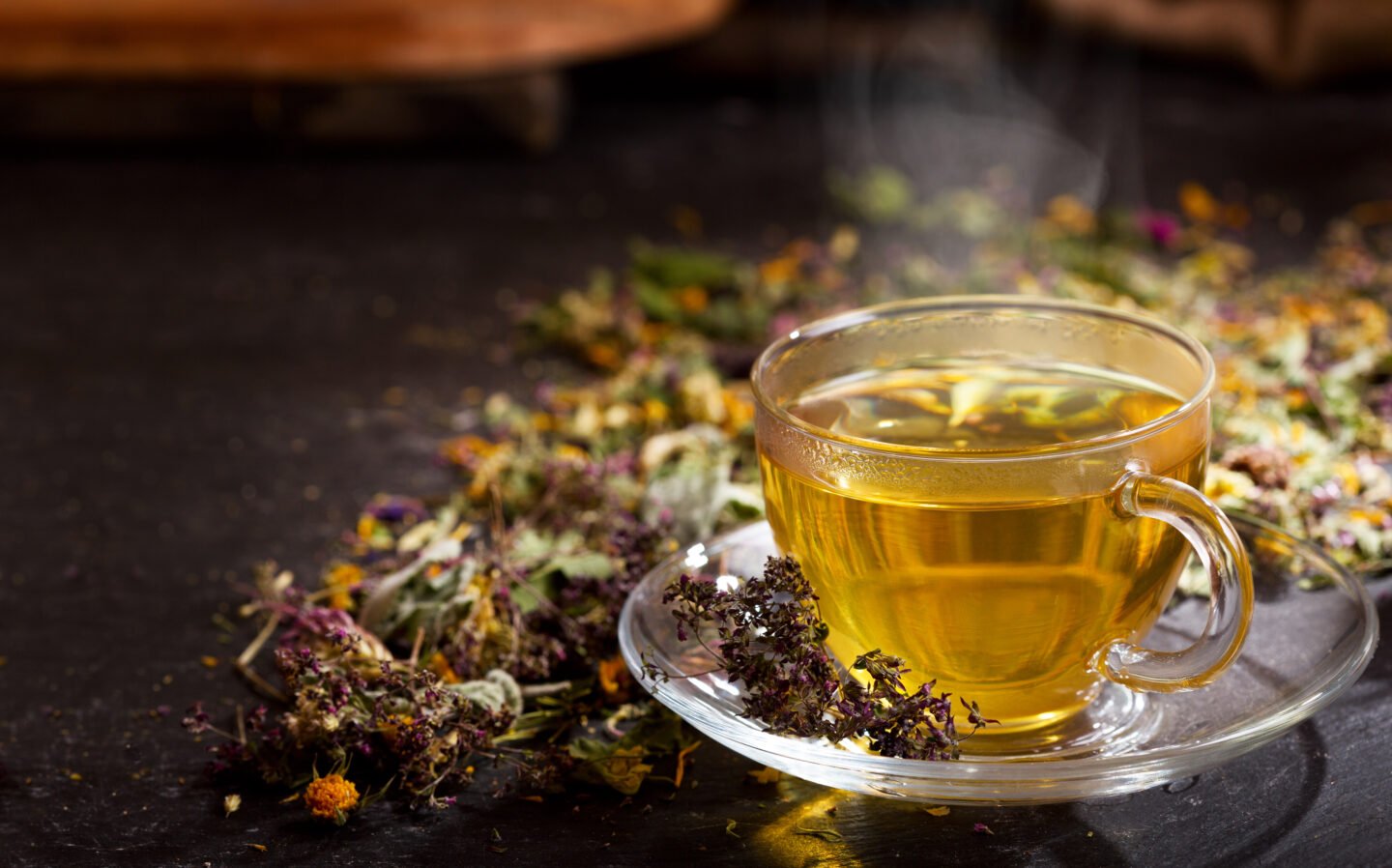
Herbal teas are the only caffeine-free teas on the market. They are not made from tea leaves at all, which is how they can remain completely caffeine free. They are often made from herbs, flowers, citrus, and other naturally-dried ingredients.

Leave a Reply